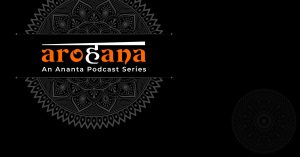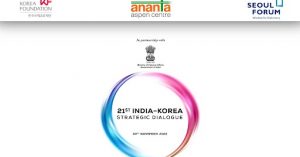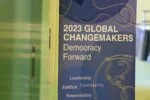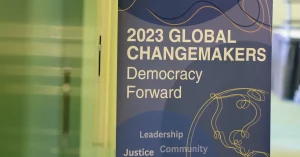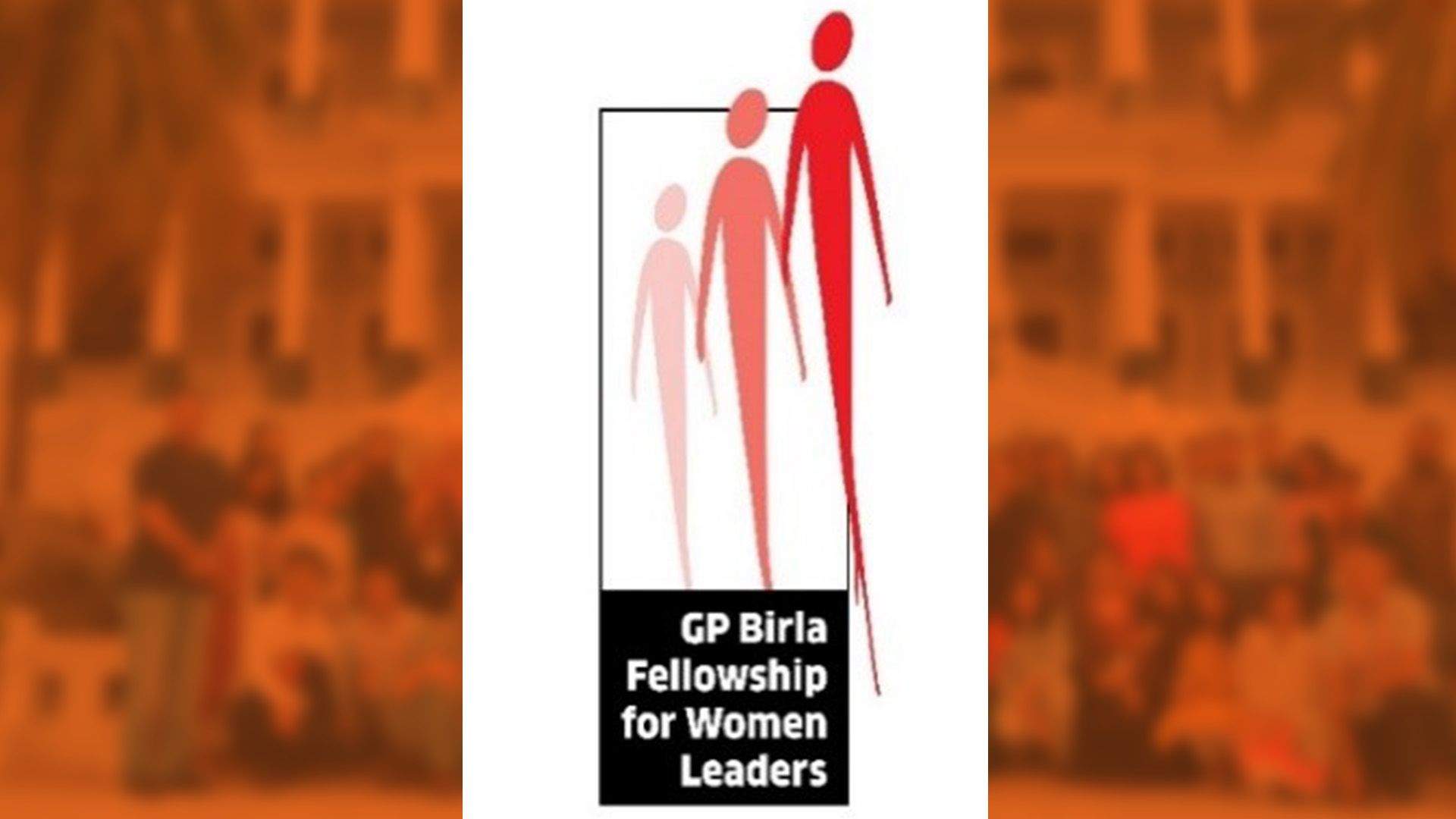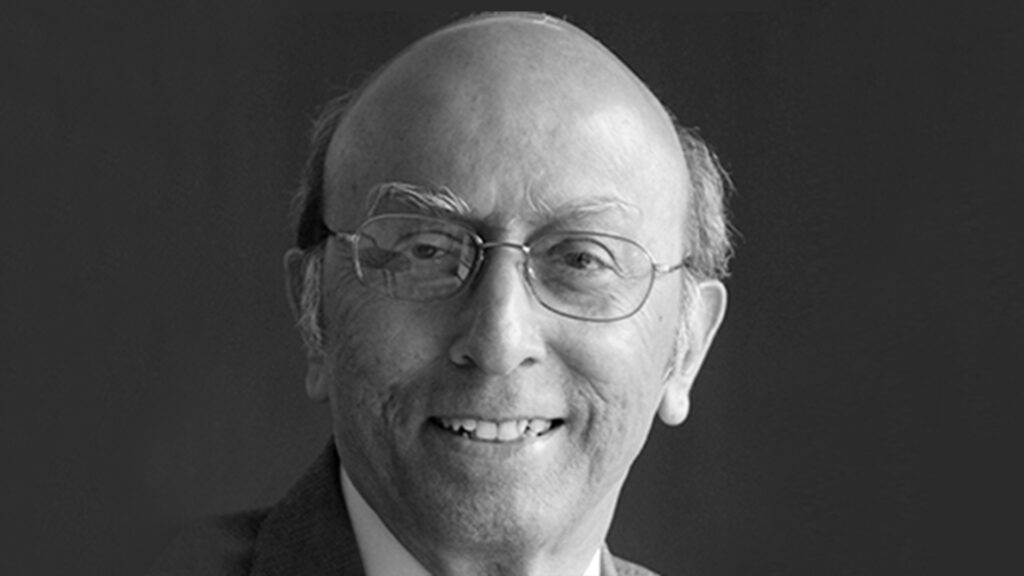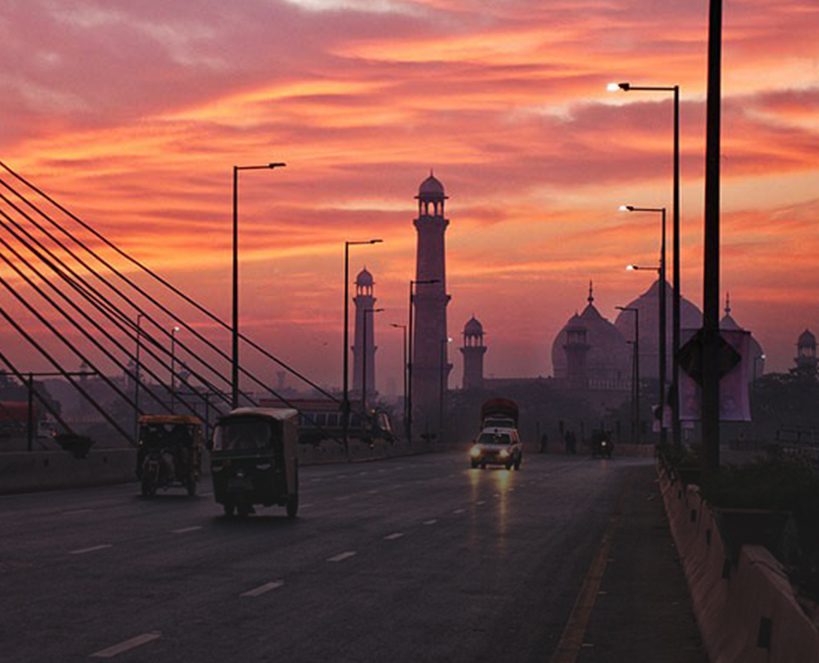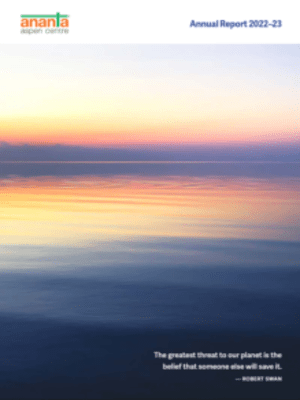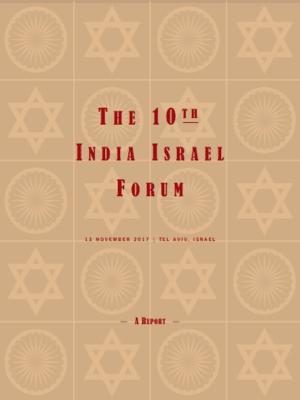H I G H L I G H T S
• Israel-Palestine issue figures in many UN fora
• 74th World Health Assembly
• New hope for WTO waiver proposal
• Extension of IAEA and Iran understanding gains more time for JCPOA negotiations
• A sneak peek of what awaits multilateral fora in June
During May, several multilateral platforms were more active than at anytime since the outbreak of the Covid-19 pandemic. In New York, the conflict in Gaza brought forth a burst of activism at the Security Council and the General Assembly not witnessed in the recent past. The Human Rights Council (HRC) based in Geneva joined in and was the only UN body that produced a substantive outcome. At the World Health Organisation (WHO), the 74th World Health Assembly (WHA) was underway with closer scrutiny than perhaps ever before in its history. At the World Trade Organisation (WTO), the India-South Africa IPR waiver effort got a boost with the US announcement of support for text-based negotiations. In Vienna, the IAEA and Iran agreed to extend their verification arrangements by a month, providing more time for negotiators to restore the US and Iran’s compliance with the JCPOA.
Israel-Palestine issue figures in many UN fora
The regular attention that the periodic resurgence of violent clashes between Israel and Palestinians attracts is a staple at multilateral fora. In May, on account of the most significant escalation of violence in the region since 2014, resulting in the death of 270 Palestinians and 10 Israelis, the issue figured in four UN system organs.
- The Security Council charged with maintenance of international peace and security had two informal consultations and an open debate on the subject before a cease-fire brokered with behind the scenes assistance from Egypt ended 11 days of hostilities. The Council’s deliberations did not lead to any outcome, with the US repeatedly blocking several attempts at a press statement (which figures very low in the pantheon of responses) and also opposing a draft resolution proposed by France. All this was ostensibly on grounds that it would not help diplomatic efforts to end the conflict between Israel and Hamas. This enabled China to pose as a defender of multilateral action and portray the US at odds with the rest of the Council membership. It was only after the ceasefire came into effect on May 21 that the Council adopted a rather anodyne press statement on May 22 welcoming it and mourning the loss of lives, while also stressing the importance of comprehensive peace. If at all reiteration was required that the Security Council’s role is limited in such crises with geopolitical implications, recent events provided that.
- Meanwhile, the General Assembly which has been inert during the pandemic sprung to life and held its first high level “in person” session on May 20, to address the issue. Representatives of more than 100 states, including many Foreign Ministers from members of the Organisation of Islamic Cooperation (OIC) participated. Given the emphasis on process rather than product, the conduct of the meeting itself was viewed as a success as it provided a forum for articulating the sentiments of the international community.
- On May 27, the Human Rights Council convened a special session, at the request of OIC members on the human rights situation in occupied Palestine territory. The HRC delivered what was perhaps the only product from the UN system on the recent events. By a majority vote (Yes 24, No-9 and Abstain-14) the 47 member Council adopted a resolution to establish an ongoing independent commission of inquiry to investigate violations of international humanitarian law and all alleged violations and abuses of international human rights law leading up to and since 13 April 2021, and all underlying root causes of recurrent tensions. Russia and China who usually have misgivings about such investigations voted in support of the resolution. Conversely, Europeans who usually support such initiatives either voted against or abstained. In keeping with usual practice, India abstained. Israel, expectedly, denounced the decision as “shameful”. The US which is not a member of the HRC did not even speak as an Observer. Later, it dismissed the vote as a “distraction”, which contributes nothing to humanitarian and diplomatic efforts and instead “threatens to imperil” the recent progress.
- Sharpened Israeli-Arab differences, on account of the recent hostilities, spilled over to the WHA where nearly the whole of May 26 was devoted to addressing an annual resolution on the health conditions in the Israeli-occupied Arab Territories. Ultimately the resolution was adopted by a painstaking virtual roll call vote with 83 votes in favour, 14 against and 39 abstentions.
Comment: Despite this hardy perennial item of multilateral discussion surfacing in many ways at UN fora during the month, these deliberations did not add much to the issue. The exception was the decision of the HRC to establish an independent commission of inquiry with an ongoing mandate. It is not the first time that the HRC voted for a panel on this agenda item. However, this time it is “ongoing”, giving it a salience similar to such panels set up for Syria and Myanmar and distinctive from the past panels on Israel/Palestine. The progress and outputs of the panel, therefore, are likely to be recurrent themes in future multilateral debates on the subject.
74th World Health Assembly
The WHA – the annual decision making body of the WHO – while formally hosted in Geneva, took place online (May 24 – 1 June) for the second year in succession. On top of the agenda are issues of how to end the COVID-19 pandemic and avert future health crises. The priorities include taking stock of the inadequacies of the current system that led to the biggest health disaster of our lifetime with devastating impact on our economies and societies. The focus therefore was on how to fix the Covid-ridden health system and step up global response to future crises. Also what was distinctive this year was the USA’s return to active engagement at the WHA.
Three committees commissioned by the WHO to study the pandemic response – the International Health Regulations Review Committee (IRC), the Independent Oversight and Advisory Committee (IOAC) and the independent panel for Pandemic Preparedness and Response (IPPR) – presented their findings and recommendations.
The inputs of these reports, in various ways, pointed to the need for a new “Pandemic Treaty”. The common narrative in the reports was that a lack of authority and resources available to the WHO led to glaring shortcomings in pandemic preparedness, thereby also preventing an effective international response to the pandemic. Building on this, a group of 26 countries led by the EU but consisting of representatives from diverse regions was keen that the WHA approve the launch of negotiations on a legal instrument strengthening the WHO’s toolkit similar to the Framework Convention on Tobacco Control. The votaries had hoped to begin negotiations before the end of the year, with the goal of completing them by March 2022. The USA, Russia and Brazil argued in various ways against even considering whether a new instrument was necessary at this stage. Faced with such objections, it was felt that a divisive debate should be avoided at the current WHA. Instead, it was agreed that a special WHA session would be held in November 2021 “dedicated to considering the benefits of developing a WHO convention, agreement or other international instrument on pandemic preparedness and response”.
The debate about the origins of COVID-19 virus which has been reignited since the inconclusive report of the WHO-led Mission to Wuhan ( see UNCovered March 2021) gathered further steam during the WHA. Following President Biden’s decision to seek a further investigation of the origins, it has became an important aspect of the negotiations still underway on the resolution on Strengthening WHO preparedness and response to health emergencies. How to proceed further in unveiling the origin of the pandemic remained extremely contentious. Attempts to include an explicit reference to an “investigation” of the virus origins as part of the “missions” and “studies” that the WHA had approved in a resolution last year were consistently opposed by China and its supporters. Even efforts to highlight international obligations to adhere to WHO’s International Health Regulations that mandate transparency have been caveated with provisos about taking into account national laws. These are a euphemism that China has used not to provide data to the WHO team on grounds that they would violate national privacy laws. Notwithstanding the media focus on the issue the outcome did not build on the last WHA effort on the subject. Thus, the WHA ends today by throwing the ball back in the court of WHO Director General on how to proceed further with the expert-led, evidence-based study of the origins of the pandemic.
Vaccine equity remained a prominent rhetorical theme at the WHA, with the WHO estimating the difference in the number of doses administered per 100 people between high-income and low-income countries being more than 75-fold. However, as the focus on this subject has shifted to the WTO on account of the Indian-South African initiative submitted there, a rather general resolution to stimulate local production of medicines and health technologies was the only outcome on this at the WHA. Nevertheless, the hope was repeatedly expressed that the sentiments for greater equity expressed at the WHA would also have an influence on the thinking at the nearby WTO.
Making pandemic responses a higher political priority backed by a stronger legal mandate, changes to international health regulations and enhancing the political independence of the WHO were amongst the recommendations of the IPPR report as also that of the IRC. The WHA outcome documents have elements that launch processes which will lead to discussion and adoption of several of these recommendation.
Amidst the focus on health issues, some thorny “political” issues were sidestepped.
- Taiwan, which was keen to regain observer status which it had at the WHA from 2009 to 2016, was stalled for the fifth consecutive year. Buoyed by the expression of support by the G-7, Taiwan made the argument that its efforts in fighting the pandemic required international cooperation. However, China mustering written support from 80 countries and with the tacit understanding of numerous others won the legal argument that UN General Assembly Resolution 2758 and WHA Resolution 25.1 provided the legal basis for the WHO to abide by the one-China principle, and recognize Taiwan as part of China.
- A possible WHA debate over whether to credential Myanmar’s deposed civilian government of Aung San Suu Kyi, or the new military rulers who seized power in February, was deftly buried by the WHA credentials committee. The decision was to defer consideration on who would represent Myanmar to a later date, pending guidance from the UN General Assembly. Myanmar’s seat, therefore, was left vacant.
Comment: The 74th WHA was the first opportunity for members to outline their approaches to the WHO’s long-term strategy, following the cataclysmic impact of the pandemic. Irrespective of the specifics outcomes, it is likely to have incubated several elements that may emerge as tangible decisions in the future.
New hope for WTO waiver proposal
After being balked by several developing countries for over six months, the India – South Africa proposal for temporary waiver from provisions of the TRIPS Agreement (see UNCovered November 2020 and April 2021) gained a new lease of life on May 5. This followed the US Trade Representative Katherine Tai’s statement announcing the Biden Administration’s support for waiving intellectual property protections for COVID-19 vaccines.
While the US indicated a willingness to waive patents on vaccines, the India-South Africa proposal included much more. It related to pandemic-related “health products and technologies,” including vaccines, diagnostics, therapeutics, and personal protective equipment (PPE). Countries such as, New Zealand and Ukraine have shifted to support the US as has the Gates Foundation. The EU, though willing to “discuss” proposals remains skeptical as influential European leaders remain opposed to a waiver. Some others such as Norway, Singapore and Taiwan seem to have remain unconvinced. Since the Biden expressed support for a waiver proposal there are reports of pharmaceutical industry trade groups seeking support of Germany, Japan, Australia and other countries that expressed opposition.
Also, during May vaccine makers have made announcements about greater willingness to supply doses through the Covax initiative to developing countries. Moderna announced that it would supply up to 500 million doses of its vaccine to Covax, including an initial 34 million later this year. Subsequently, Pfizer and partner BioNTech SE announced that they would deliver 2 billion doses to developing countries over the next 18 months. Building on the momentum gained following expression of US support, on May 25, India and South Africa submitted a revised waiver proposal that outlines a temporary reprieve for a three year period and thereafter to be subject to review of the WTO Council. The scope however remains as in the initial proposal.
Comment: The arguments for and against the waiver are well known, yet no quick resolution of this matter is foreseen, given the commercial stakes involved for all stakeholders. At the informal WTO meeting on May 31, several countries made general statements as if sizing each other up before the formal discussions set for later in June. The US shift has been a ‘game changer’, not in terms of decisive movement for the waiver, but in jolting those opposing it to look at serious alternatives to the inflexible approach they have adopted thus far.
Extension of IAEA and Iran understanding gains more time for JCPOA negotiations
The International Atomic Energy Agency (IAEA) Director General Rafael Mariano Grossi and the head of Atomic Energy Organization of Iran (AEOI) Ali Akbar Salehi agreed to extend the “temporary bilateral technical understanding” arrived at in February 2021 for a three month period, by a further period of a month, i.e., until June 24, 2021. The extension provides more time for negotiators who are engaged in “indirect talks”, in Vienna, to try and come to an agreement on restoring compliance of the US and Iran with the JCPOA. (For background see UNCovered February 2021 & April 2021). Following the extension, a fifth round of talks on the JCPOA got underway on May 25 to address key outstanding issues, amidst expressions of hope that it might be the final series of negotiations.
Comment: The extension of the IAEA-Iran arrangement avoided the derailing of the JCPOA negotiations, which have by all accounts made progress. It also indicated that Iran remains interested in seeking revival of the 2015 agreement, despite the pulls of domestic politics in view of the impending Presidential elections to be held on 18 June 2021. The start of the current phase of negotiations has engendered cautious optimism about resolution of outstanding issues.
A sneak peek of what awaits multilateral fora in June
In Vienna, the ongoing JCPOA negotiations will perhaps move to a decisive phase in June. In Geneva, the WHA will conclude its most significant session in recent times and greater clarity will be provided about where the waiver proposal is headed at the TRIPS Council of the WTO. In New York, a series of important elections are scheduled.
- On June 7, the UN General Assembly will choose its next President to succeed the incumbent Volkan Bozgir of Turkey. In the fray are the Maldives Foreign Minister Abdulla Shahid and the former Foreign Minister of Afghanistan Zalmai Rassoul. In this contest amongst two friends, India has thrown its lot in favour of the Maldivian candidate.
- On June 11, the General Assembly will elect five non-permanent members. As is customary now, most members will be elected without a contest, having already been endorsed by their respective regional groups. From East Europe, Albania is the sole candidate to replace of Estonia. From the Latin America and the Caribbean, Brazil is the only candidate to replace St. Vincent and the Grenadines. From the Asia-Pacific, the United Arab Emirates is the only candidate to replace Vietnam. All of them will be elected, without a contest. However, three African states – Democratic Republic of Congo, Gabon and Ghana will contest for the two seats to be vacated by Niger and Tunisia. The new members will take their seats from January 1, 2022.
- Finally, if one goes by past precedent, the process of the uncontested re-election of UN Secretary General Antonio Guterres may also be completed in June, as was the case with two of his immediate predecessors – Ban ki-Moon and Kofi Annan.
………………………………………………………………………………………………
(The views expressed are personal)
………………………………………………………………………………………………





